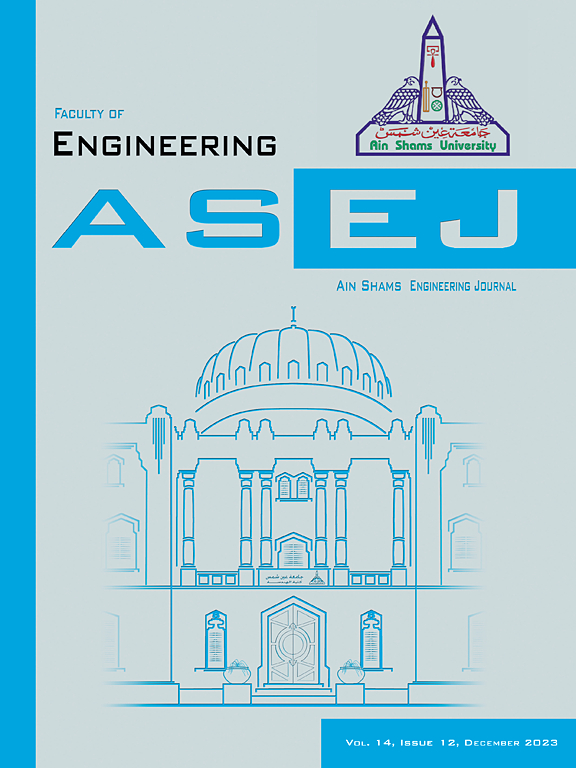A 2 × 2 pattern-diversity MIMO antenna with high isolation for full-duplex applications
IF 6
2区 工程技术
Q1 ENGINEERING, MULTIDISCIPLINARY
引用次数: 0
Abstract
In this paper, a novel 2×2 MIMO full-duplex radio (FDR) antenna that incorporates dual-fed antennas and circulators with reflection-coefficient controllers (RCCs) is proposed. This system mitigates self-talk self-interference (SI) and cross-talk SI, which are significant challenges in MIMO FDR systems due to the increased number of antennas. The dual-fed antenna, designed for pattern diversity, introduces notches on the ground plane to cancel out two coupling paths, ensuring that the proposed antenna reduces the cross-talk SI. In addition, RCCs enhance limited isolation and adjust the isolation band of circulators by canceling out inherent leakage of the circulator and reflected signal from the antenna such that it reduces self-talk SI. With these two strategies, the proposed antenna covers a 180∘ angular range and reduces the number of radiators. Measurements show that the proposed antenna achieves over 30-dB SI suppression for all SIs within the 3.6–3.7 GHz band, and the peak gains for both ports are 3.61 dBi.
用于全双工应用的2 × 2模式分集MIMO天线,具有高隔离性
本文提出了一种新型2×2 MIMO全双工无线电(FDR)天线,该天线结合了双馈天线和带反射系数控制器(rcc)的环行器。由于天线数量的增加,MIMO FDR系统面临的重大挑战是自言自扰(SI)和串扰SI。双馈天线设计用于模式分集,在地平面上引入陷波来抵消两个耦合路径,确保所提出的天线减少串扰SI。此外,rcc通过抵消环行器的固有泄漏和天线反射信号来增强有限隔离和调整环行器的隔离频带,从而降低自言SI。有了这两种策略,拟议的天线覆盖180°的角范围,并减少了辐射器的数量。测量结果表明,该天线对3.6-3.7 GHz频段内的所有SI都实现了超过30 db的SI抑制,两个端口的峰值增益均为3.61 dBi。
本文章由计算机程序翻译,如有差异,请以英文原文为准。
求助全文
约1分钟内获得全文
求助全文
来源期刊

Ain Shams Engineering Journal
Engineering-General Engineering
CiteScore
10.80
自引率
13.30%
发文量
441
审稿时长
49 weeks
期刊介绍:
in Shams Engineering Journal is an international journal devoted to publication of peer reviewed original high-quality research papers and review papers in both traditional topics and those of emerging science and technology. Areas of both theoretical and fundamental interest as well as those concerning industrial applications, emerging instrumental techniques and those which have some practical application to an aspect of human endeavor, such as the preservation of the environment, health, waste disposal are welcome. The overall focus is on original and rigorous scientific research results which have generic significance.
Ain Shams Engineering Journal focuses upon aspects of mechanical engineering, electrical engineering, civil engineering, chemical engineering, petroleum engineering, environmental engineering, architectural and urban planning engineering. Papers in which knowledge from other disciplines is integrated with engineering are especially welcome like nanotechnology, material sciences, and computational methods as well as applied basic sciences: engineering mathematics, physics and chemistry.
 求助内容:
求助内容: 应助结果提醒方式:
应助结果提醒方式:


